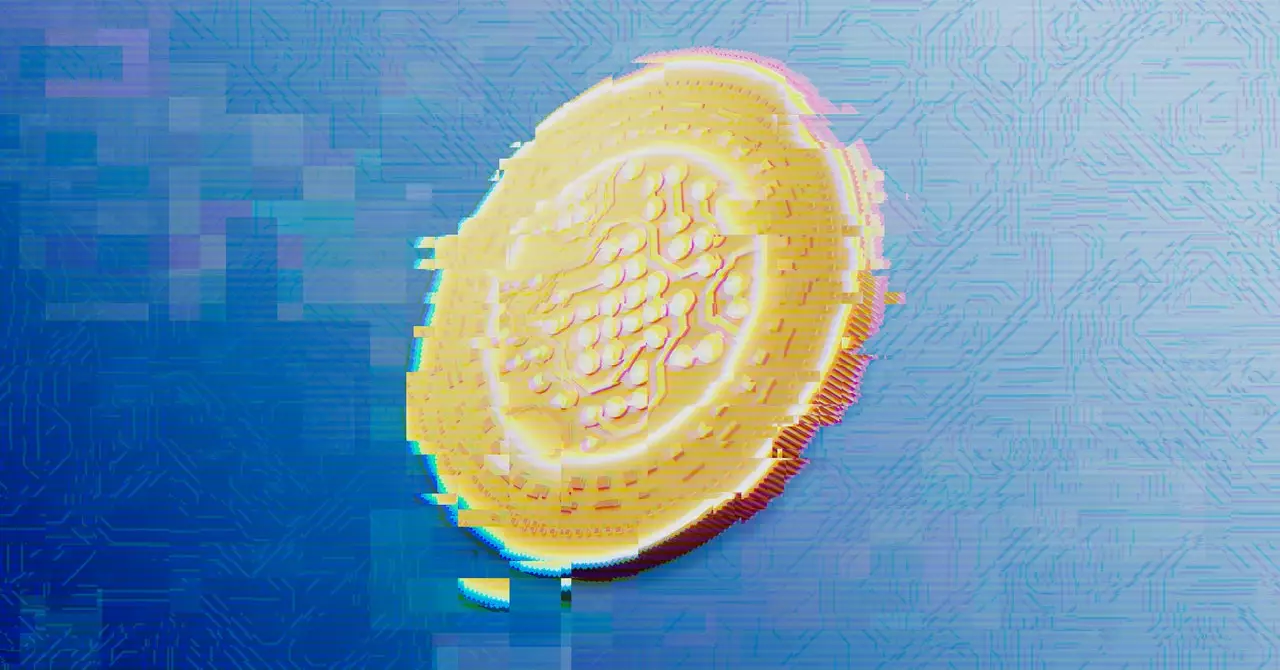The world of technology is replete with stories that underscore both the innovative spirit of humanity and the darker tendencies that arise within a digital society. Recently, two notable narratives emerged: one showcases a heartwarming act of community and love, while the other reveals the formidable challenges governments face in maintaining security. Collectively, these narratives shine a light on the complexities of modern technology and its implications for society at large.
In a touching tale out of India, a group of tech-savvy individuals employed creative ingenuity to circumvent restrictions on Apple’s AirPod Pro 2s. Their motivation? To enhance the lives of their elderly grandmothers by enabling the earbuds’ hearing aid features. This charming endeavor utilized a makeshift Faraday cage, a microwave, and a considerable amount of trial and error, exemplifying how technology can be repurposed to address personal needs and familial bonds.
This story serves as a reminder of the positive potential of technology when utilized with creativity and compassion. Instead of exploiting systems maliciously, these technologists sought to harness technological prowess for the benefit of loved ones. This fascinating dichotomy between ethical innovation and the potential for malicious exploitation underlines the urgency of addressing vulnerabilities in tech products that can be both enhanced and hindered by human ingenuity.
On a contrasting note, reports have emerged of an alarming uptick in cyber-related criminal activities, including the growing prevalence of swatting attacks. In this case, an 18-year-old from California admitted involvement in more than 375 such incidents across the United States. Swatting – a dangerous prank where false emergency calls lead to armed police response – is a profound misuse of technology that poses real dangers to public safety and highlights a disturbing trend of cyber psychological manipulation.
The Department of Justice’s focus on capturing and prosecuting individuals like this serves as a wake-up call to both law enforcement and the public regarding the implications of recklessly exploiting technology. The broader context of this issue extends to how technology, while empowering, also opens pathways for harm and chaos when misused.
In the backdrop of these developments lies a heightened discourse around government surveillance, particularly relevant during politically charged times. With claims surrounding surveillance intensifying, it is crucial for citizens to understand the implications and the protective measures they can adopt. As the potential for dragnet surveillance looms, the need for privacy-awareness resources becomes ever more pressing.
As concerns grow about the implications of surveillance on civil liberties, it’s paramount for individuals to equip themselves with knowledge and digital best practices. The convergence of technology and politics necessitates not only an understanding of available safeguards but an awareness of the ethical ramifications tied to these developments.
Parallel to the tales of familial love and governmental challenges, the cryptocurrency sphere continues to yield its share of controversy. For instance, the dramatic saga of a hack involving the Bitfinex exchange that siphoned $71 million in Bitcoin brought to light the vulnerabilities intrinsic to cryptocurrency platforms. The intricate web of events that followed, culminating in criminal charges against the hackers and their subsequent guilty pleas, illustrates the complexities of maintaining security in an evolving digital financial landscape.
Simultaneously, this scenario underscores a critical clash between volatility and accountability in cryptocurrency. In highlighting both the seamless recovery of stolen funds and the challenges presented by the underground economy, the saga serves as a cautionary tale about the evolving threats we face as we lean further into digital currencies.
As the technology landscape evolves, cybersecurity tactics are also adapting in response to new challenges. In an innovative approach, companies like Virgin Media and O2 are leveraging artificial intelligence to combat the surge in scam phone calls. By implementing a system that engages with scammers, they not only buy time for potential victims but also gather valuable insights on these malicious operations.
This confrontation between AI as a tool for good versus its use in nefarious activities reinforces the necessity of adaptability in security technologies. It’s imperative that as scams grow increasingly sophisticated, countermeasures must evolve correspondingly to ensure the protection of unsuspecting individuals.
The juxtaposition of these narrative threads – love, innovation, criminality, and ethics – serves as a stark reminder of the duality inherent in the technology landscape. As we navigate an increasingly interconnected world, the imperative for ethical practices and robust protections becomes crucial.
Going forward, societies must not only champion innovation and creativity but also actively work towards curbing exploitation and ensuring that technologies serve the greater good. Through collective consciousness and proactive measures, we can harness the promise of technological advancements while safeguarding our democratic values and personal freedoms.

